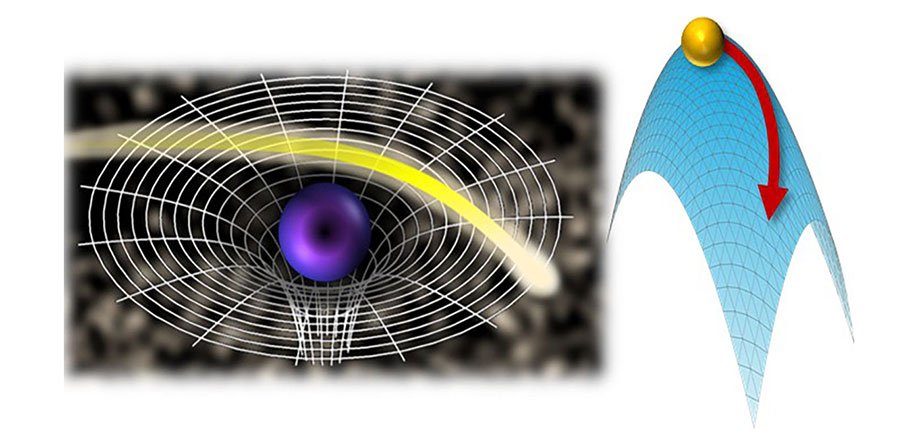Using DNA retrieved from historical tiger shark jaws over the past century, an international group of scientists has revealed that population decline is changing the genetic diversity of one of the ocean’s apex predators.
Using DNA retrieved from historical tiger shark jaws over the past century, an international group of scientists has revealed that population decline is changing the genetic diversity of one of the ocean’s apex predators.
This includes the discovery of a previously unidentified population of the shark in eastern Australian waters that appears to have disappeared entirely from the southeastern range of the species’ distribution, says University of the Sunshine Coast marine ecologist and study co-author Dr Bonnie Holmes.
Until now, it was believed that tiger sharks in Australia were always part of a large Indo-Pacific population, whose movements extended several thousand kilometres across the Pacific and Indian Oceans, with enough gene flow to make them less susceptible to local impacts.
In the study published in Scientfic Reports, the research team, led by Dr Alice Manuzzi at Denmark Technical University, found significant change in the genetics of tiger sharks (Galeocerdo cuvier) from eastern Australia across the past six decades.




